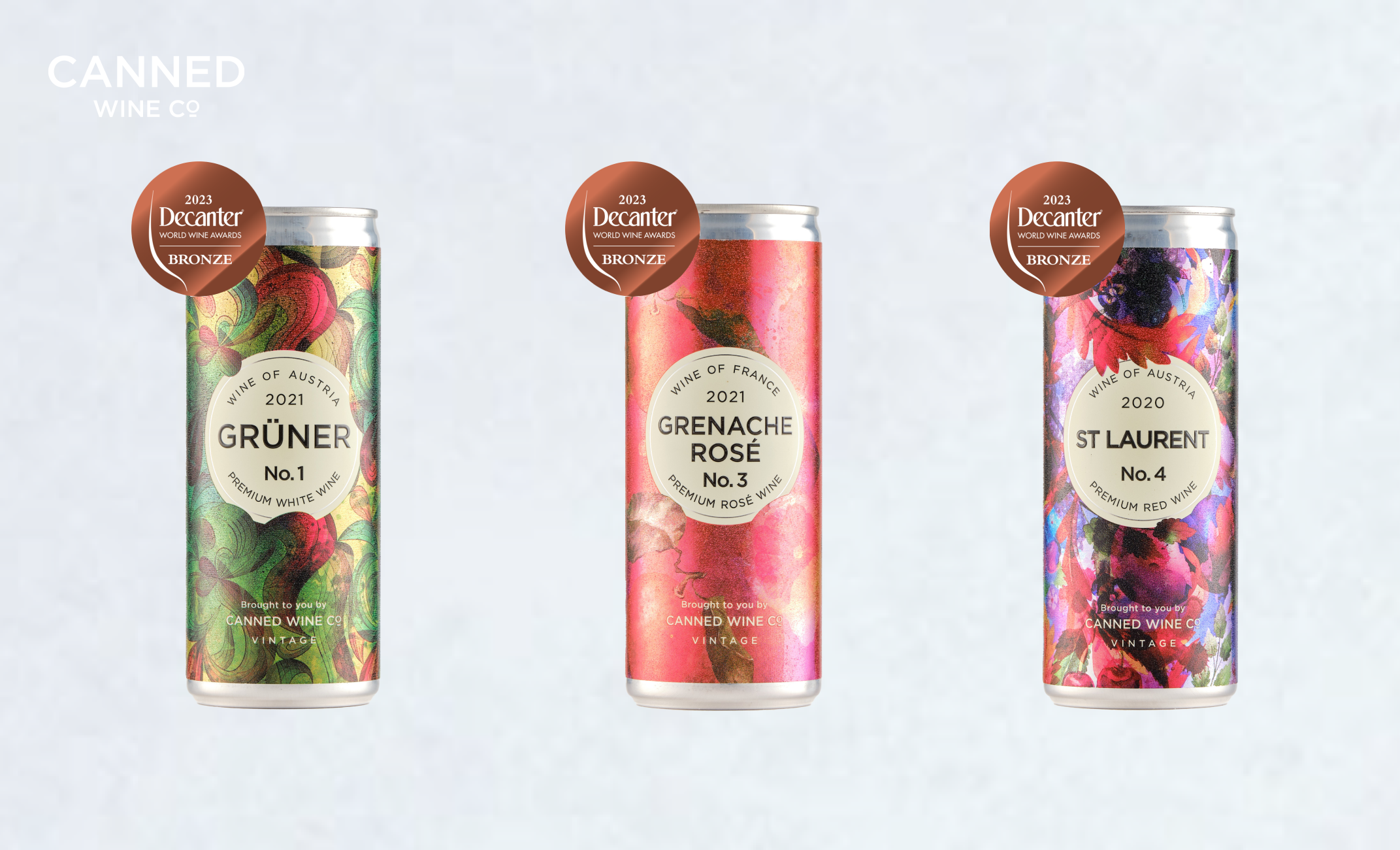Written by Marieke Hammes - Sustainability & Operations Manager
Over the last few months, we have been continuously working on defining our approach to our sustainability journey and how we want to measure our impact – both positive and negative. We want to take sustainability seriously, create positive impact and communicate our progress transparently. We have now published our Sustainability Roadmap to outline our approach to sustainability, share our progress so far and set out the goals we are working towards.
You can read the full report here.
Where to start?
Sustainability has become a buzzword and encompasses so many facets of running an ethical business. Ranging from employee treatment to packaging, water consumption to supplier relationships, empowering women to greenhouse gases, all fit under the sustainability umbrella. This can be an overwhelming puzzle that at times seems like a huge mountain to climb. Where do you start? What is most important to our purpose? Where do we have the biggest impact?
In order to bring some organisation to our approach and help communicate our impact strategy both internally with our team members and externally with all necessary stakeholders, we decided that we had to utilise pillars. The most straightforward approach would have been following the ESG structure of Environmental, Social, Governance. Yet, something seemed to be missing and they did not click for us. So many things we wanted to talk about in our strategy seemed to blur the lines of environmental and social.
While writing the sustainability roadmap, we also interrogated our purpose and vision as a company. We refined our purpose to "We aim to elevate thoughtful connections between people, planet and place, through wine". This led to the a-ha moment (during a classical concert, in case anyone was wondering) of using this structure for our pillars too.
Our pillars
-
People: Issues that affect individuals, teams and communities – People looks at our engagement with all of our stakeholders. (p.22)
Culture • Nurturing Talent • Diversity, Inclusion & Engagement • Community Engagement • Customers
-
Planet: Global environmental issues that affect everyone and require collective action, institutional change and better business practices.
Climate Action • Resource Efficiency (p.31)
-
Place: Issues that affect a locality, be that local, regional our national.
Responsible Sourcing • Traceability (p.36)
Even these pillars have overlap, as so many sustainability issues are interlinked. This Venn diagram shows how we see the intersections of our pillars.

These three pillars are underpinned by governance structures to hold us accountable in running a responsible business. It is vital that the commitment to our strategy is backed by every part of the business, from director buy-in to getting every employee involved.
Our governance structures focus on:
- Inclusive Decision-Making
- Sustainability Engagement
- Accountability & Transparency
Next steps
We are fully aware that sustainability is a work-in-progress and that this Sustainability Roadmap is an evolving document. It was more important to us to prioritise imperfect action over inaction. Our aim is to constantly revisit our sustainability strategy and ambitions as we learn more, collect more data and grow as a business – with the accompanying growth in responsibility.
The imminent next steps are to create an in-depth internal document outlining an action plan with achievable steps, quantifiable targets and deadlines for every goal laid out in this Sustainability Roadmap.
In the meantime, we welcome you to read our roadmap and share any feedback on our approach. You can reach out to us at hello@cannedwine.co and on socials.






